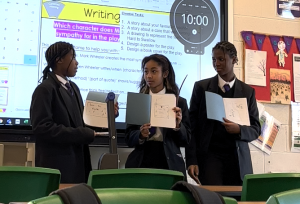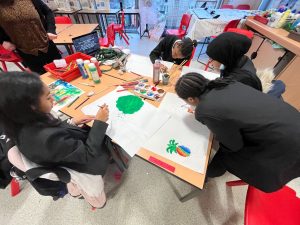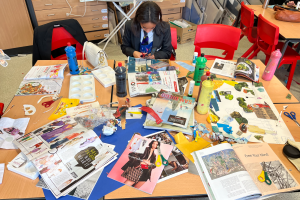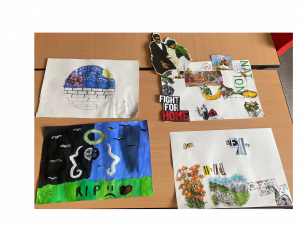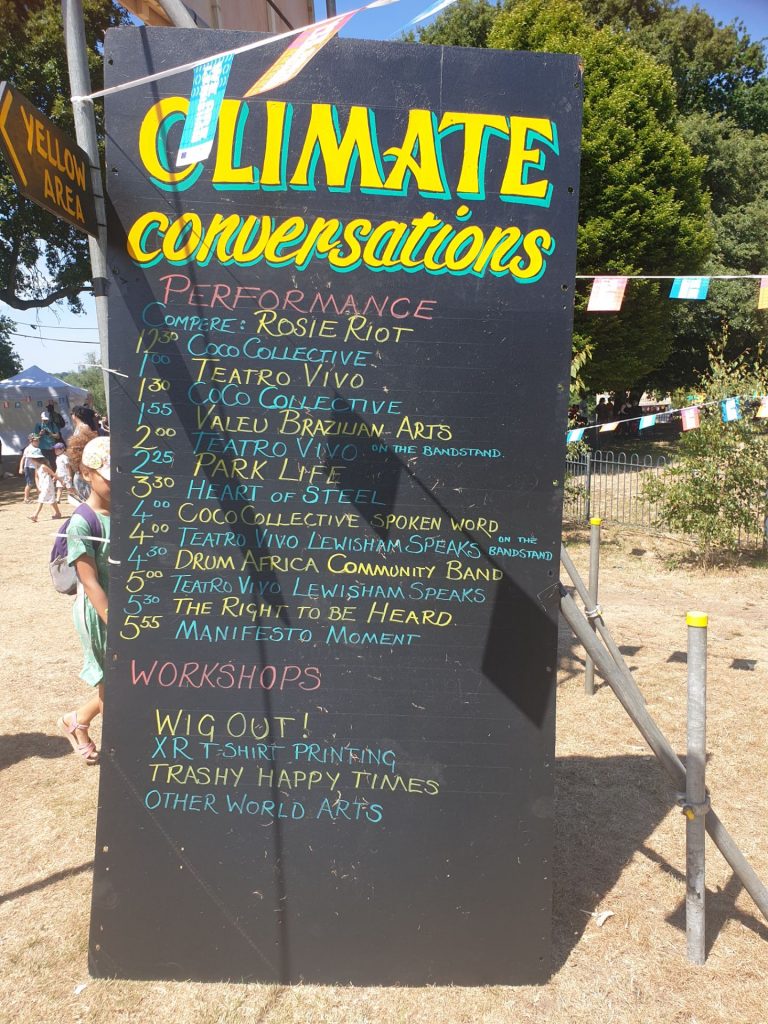
Note the Parklife billing at 2pm!
Last Saturday, 16th July 2022, our intrepid young Parklife researchers braved the heat and delivered a blistering performance of their work on the Climate Action stage.
It was a truly memorable experience. I arrived early at the People’s Day Festival, but it was already teeming with people. This festival, possibly the most famous ‘free’ festival in London, had not run for four years, so this year it was special. Funded in part by Lewisham Council as part of their London Borough of Culture year, it featured some of the most notable young artists of recent years: reggae star: Grammy-nominated reggae singer Tippa Irie, Hollie Cook with her own brand of ‘tropical pop’, South London’s favourite disco band, All Day Breakfast Café, Homegrown grime MC Novelist headlines, singer-songwriter Nina Ros, Lewisham-raised 1Xtra DJ Shahlaa Tahira curates a line-up of local musicians, alongside rappers Koder and Sharna Cane and CassKidd. So there was stiff competition!
Nevertheless, the young co-researchers in the Parklife Project really rose to the challenge of the heat, the crowds, the other distractions, and produced a marvellous performance which showcased the poetry which they have written as part of the project. The Parklife project has been innovative because it has used the poetry, art, pictures, photographs and films which these young people have been created as the basis for research into local parks. In this case, Fordham Park. Fresh from the success of their Advocacy Day, where these young researchers held local councillors, park management and other community organisations to account and presented their work (read this blog), the young people shared their work in a much truncated form, no less interactive. Watch performance poet, Laila Sumpton, introduce them here (please ignore my annoying whooping):
Here Laila reads the Parklife poem (again ignore my annoying contributions, apologies about that):
Here Anna Stewart explains the project in more depth:
The poems that the young people read were hard-hitting and focused upon the themes of litter, safety and youth engagement. The Parklife researchers had found out a great deal by writing their poetry, creating their art, making their films, and conducting more formal research such as surveying staff and pupils’ views about their local park, Fordham Park, at Deptford Green school. They were supervised by their teacher, Ms Alice Player, who is also a wonderful leader singer and guitarist of the Sundries.
The Goldsmiths’ students who were part of the project, and absolutely instrumental in training up the young co-researchers in various creative research techniques, as well as making the Parklife film, also presented at the festival. They explained the project’s aims and approaches, and also involved the audience in a fun ‘Parklife’ quiz, which I took part in as a contestant. I received some sweets because of my efforts!
The whole project was funded by the Goldsmiths’ Strategic Research Fund and supervised by the Head of Civic Engagement, Michael Eades, who supported us on the day too. Goldsmiths put on a great show overall: they had a tent which highlighted the incredible work they’ve been doing connected to South London history, and the Windrush generation. You can learn more about this here on the ‘living memory’ webpage they’ve set up to highlight their research.
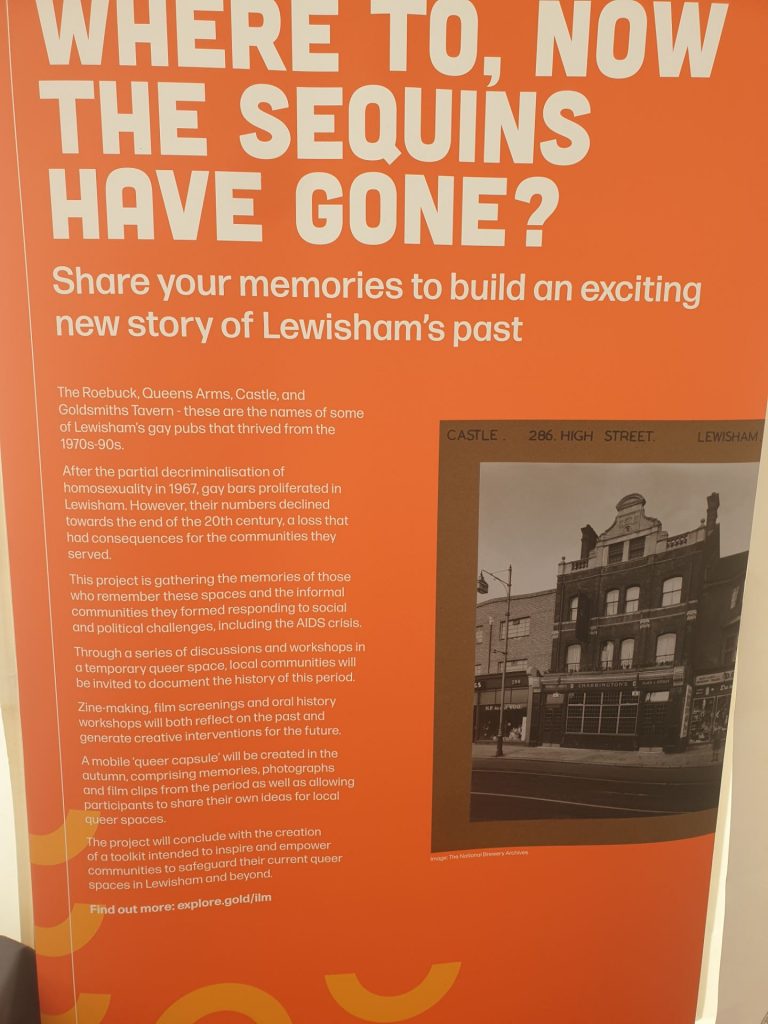
Goldsmiths’ invitation for Londoners to share their histories highlighted in a marquee near the stage where the Parklifers performed.
Here is the whole Parklife Team assembled at the end of what was a triumphant performance:
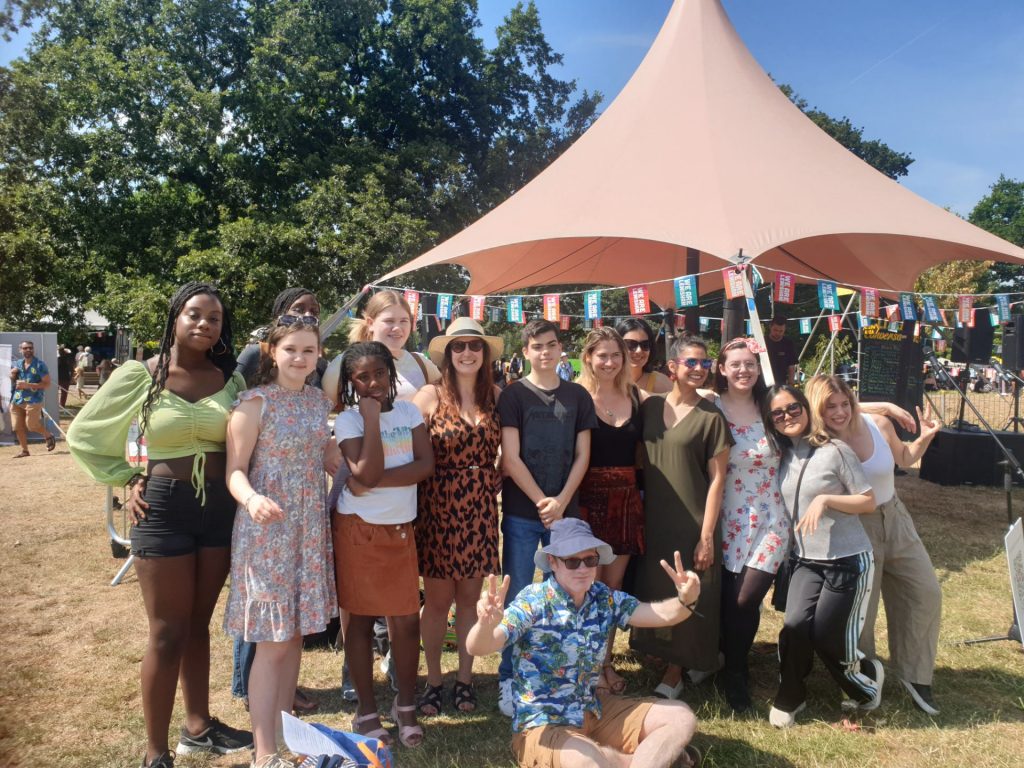
The Parklife Research Team. I am sitting down in the silly shirt.
If you haven’t done so, watch the wonderful Parklife film which the young people and Goldsmiths’ students made:

